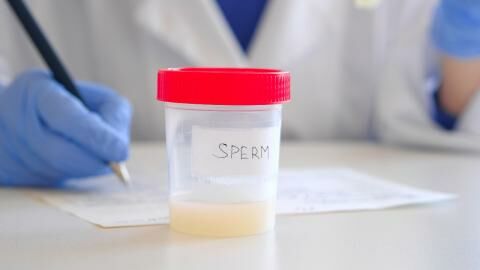Definition, what is streptococcus?
Discover our latest podcast
Streptococcus is the bacteria responsible for various infections. They are rounded in shape and measure between 0.5 to 1 µm’s in diameter.
Pathogenic species are identified as commensal species that live in an organism without harming them. They are present in gut flora and in different animals, around the mouth or intestines.
Streptococcus groups
Streptococcus is divided into more than 20 different groups (from A to H and from K to T). A group can include one or several species. The groups most commonly found are A, B and D as well as non-groupable streptococci.
- Group A streptococcus (GAS): This is also known as streptococcus pyogenes exclusively transmitted from person to person and secretes substances responsible for skin rashes (impetigo, erysipelas) and infections (tonsillitis, meningitis, scarlet fever) can lead to complications like mild articular rheumatism or acute nephritic syndrome.
- Group B streptococcus (GBS): This is present in the intestines and in the female genital organs. GBS can be the cause of septicaemia and neonatal infections (bacteraemia or meningitis) because the rate of transmission from the contaminated mother to the child is 50%. This is why it is recommended to carry out systematic screening during pregnancy.
- Group D streptococcus (GDS): They include bovis streptococcus and streptococcus faecalis usually present in the body. They can cause urinary tract infections, septicaemia or endocarditis and moves closer to enterococcus.
- Non-groupable streptococci: They are commensal species in the human oral cavity. Among them is pneumococcus, one of the main causes of death of an infectious origin. It can cause pneumonia, sinusitis, ear infections, conjunctivitis or again, meningitis.
What is the treatment for streptococcus?
The treatment for streptococcus relies on antibiotic therapy. Streptococcus from group A, C and G are particularly sensitive to penicillin and erythromycin. These two antibiotics are therefore prescribed to treat the infections that are caused.
However, other streptococcus is more resistant to penicillin which is usually the case with non-groupable streptococcus and bovis streptococcus. Their therapeutic treatment is therefore more difficult and involves a combination of different antibiotics.















